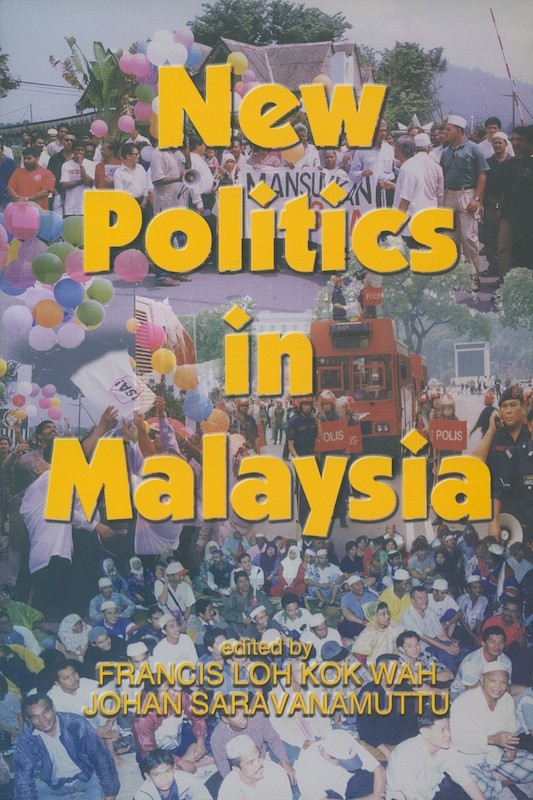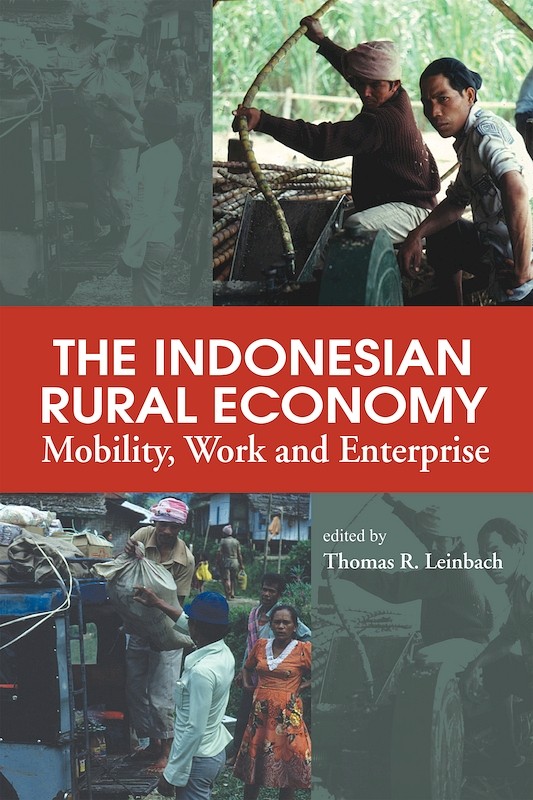Indonesian Electoral Behaviour: A Statistical Perspective

Date of publication:
2004
Number of pages:
429
Code:
BM255
Reviews
"This book can be seen as representing a new perspective in studying Indonesia in which demographic changes and configurations are perceived as having causal-effects relationship to politics... the book should be particularly welcome by the political parties think tank and its political analysts, as it provides raw materials on the Indonesian demographic characteristics that can potentially be developed into their party's strategy to win the population's votes" (Tonan Ajia Kenkyu [Southeast Asian Studies]).
"This book addresses that question quantitatively by bringing together data (aggregated at district level) from various sources, including the 2000 population census, the 1999 National Socioeconomic Survey (Susenas) and regional accounts. The authors attempt to explain differences in party performance at district level, and to test the importance of religious, ethnic and regional loyalties in explaining voting behaviour"(Bulletin of Indonesian Economic Studies).
About the publication
In Indonesias plural society, ethnicity and religion are often considered as two important independent variables to explain electoral behaviour. Many writers have used qualitative methods to relate the performance of political parties in terms of ethnicity and religion. This book questions these assumptions by looking at up-to-date data on the 1999 election and the 2000 population census. The authors, researchers from the Institute of Southeast Asian Studies in Singapore, statistically examine the strength of the impact of religious and ethnic variables relative to those of socio-economic variables (education, per capita income, migration, urbanization, and poverty) on the electoral behaviour of the seven major political parties. Their analysis and findings, together with detailed population profiles in terms of religion, ethnicity and socio-economic conditions at the provincial and district levels, throws light on not only the 1999 election but also the forthcoming 2004 election and beyond.
This is the 2nd book in the ISEAS Series, Indonesia's Population.
This is the 2nd book in the ISEAS Series, Indonesia's Population.
Contents
-
Indonesian Electoral Behaviour: A Statistical Perspective
-
Preliminary pages
-
1. Introduction: Explaining Voting Behaviour in Indonesia
-
2. The Cultural Variables: Religion and Ethnicity
-
3. The Socio-economic Variables (1): Education and Its Geographical Composition
-
4. The Socio-economic Variables (2): Migrants and the Urban Population
-
5. The Socio-economic Variables (3): Per Capita Income and Poverty
-
6. Results of the 199 Election: National and Provincial Votes
-
7. Results of the 1999 Election: Districts Votes
-
8. Culture and Electoral Behaviour: Testing Religious and Ethnic Loyalties
-
9. Other Variables and Electoral Behaviour: Testing the Socio-economic Factors
-
10. Conclusion: Findings and Significance
-
Appendix I: Data Method; Appendix II: Names of Districts by 1999 Election and 2000 Census
-
Selected References






